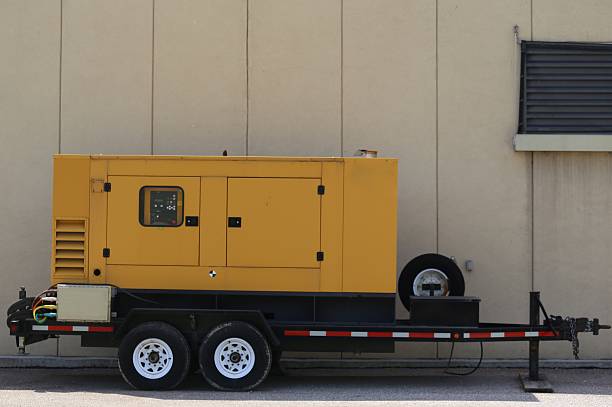
The Value of Load Bank Testing
A generator load bank is used to test the electricity supply and generator to ensure sure they are performing at their peak under load. This method can be used to confirm the UPS system’s exact functioning and battery life. The major purpose of testing load banks is to perform the necessary preventative maintenance to halt further degradation or failure. Along with routine maintenance, load bank tests are utilized to assess the current condition of power supplies and battery sets to see if any cells are holding a charge, are at the close of their useful lifespans, or are likely to fail.Ideal timing for the testing services is no under seven days after the UPS had been put into operation. This is crucial because it enables both the battery’s full charge and the battery’s voltage to be maintained. You must be aware that conducting generator load bank testing when a week is up since the system came into performance will not yield accurate results or give you a true representation of the system’s operation. This is a time and money waste and ought to be avoided.
How are the results of load bank testing reported?
The generator load bank must be provided with high-quality cables rated for testing in order to ensure efficient charge transfer. The distance between the load bank and the output power transfer unit (PDU) or UPS connections should not exceed 20 meters. You should be aware that the heating components and cooling fans that makeup load banks are in charge of maintaining the system’s temperature.
Therefore, during the testing procedure, provisions should be made to facilitate heat dissipation and noise reduction. As a precaution, you shouldn’t test the UPS system close to a place where individuals are working, near critical alarms, or close to sprinkler systems.Measurements are performed during discharge after the test, wherethe Performances of the battery and device are assessed. load bank testreveals the issues with the generator and the UPS, requiring rapid adjustment to improve its effectiveness.
If a standby generator is present, load bank testing will show:
- the engine’s capacity to deliver the needed power
- The alternator’s capacity to give the system the necessary voltage stability
- The effectiveness of control systems under various load circumstances
- the consistent frequency
- the force of fuel and oil
- the effectiveness of the entire load bank system
The generator load bank testing can assist in removing deposits from the pistons, eliminating engine castings and exhausts, as well as highlighting any weaknesses, after making the aforementioned observations. The results will then be recorded, and any more work that has to be done will be done after that.
load bank testing needs to be done carefully and prudently because it can compromise the system’s resilience, drain batteries, or in extreme situations put the associated loads in danger. Therefore, this testing is performed by qualified and experienced experts outside of regular business hours. The system should be protected by taking the necessary precautions in order to improve safety.
It is recommended to do periodical load bank testsbecause they will guarantee that when necessary to sustain a critical load, the power safety system’s elements will function effectively and ideally.
